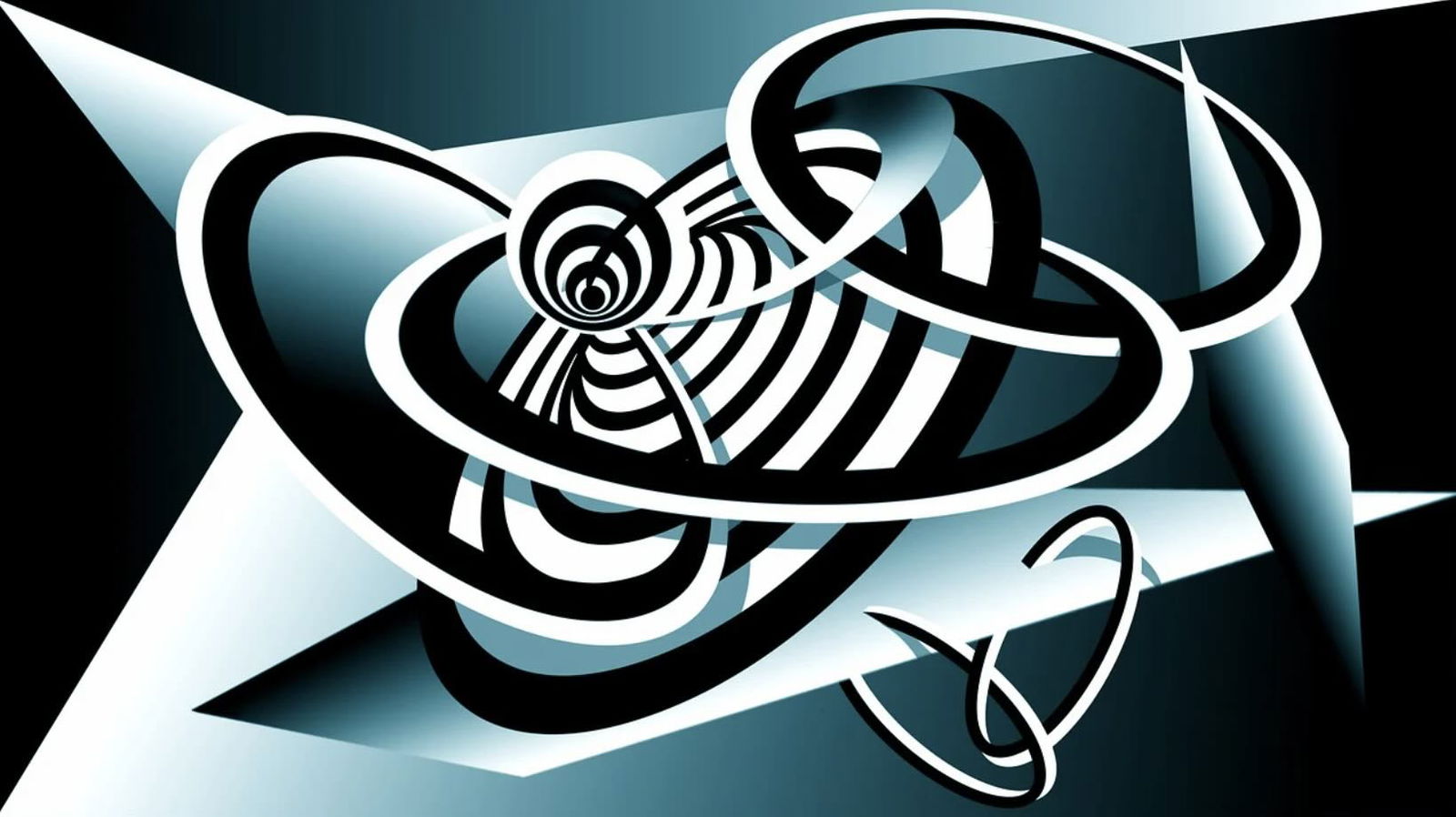A quantum neural network capable of perceiving optical illusions similar to the human brain has been developed, according to newly published research.
This innovative network, described in a new study in APL Machine Learning, leverages quantum tunneling—a phenomenon in quantum mechanics where particles pass through barriers—allowing the network to process and interpret ambiguous visual inputs like the Necker cube and Rubin’s vase.
“This work may also shed light on the question of whether artificial intelligence (AI) systems can ever truly achieve something like human cognition,” said Dr. Ivan S. Maksymov of the Artificial Intelligence and Cyber Futures Institute at Charles Sturt University, who led the research, in a recent statement.
Using Optical Illusions as a Test
Research on how optical illusions work is ongoing, as experts debate whether illusions start with our eye’s neural processes or come from cognitive thinking, such as referring to prior knowledge or a bigger context. This makes optical illusions a useful subject for testing both human eyesight and overall cognition and intelligence.
By studying illusions, scientists gain insights into cognitive processes, how the brain constructs reality, and where it might fail, such as neurological conditions like dementia. This understanding is crucial for advancing neuroscience and can be applied to improving artificial intelligence, as it helps design systems that better emulate human vision and decision-making.
Developing a Quantum Neural Network
To “see” these optical illusions, Maksymov created a neural network that uses quantum tunneling. This allows neurons to bypass traditional activation barriers, resulting in a more accurate interpretation of ambiguous images. The network’s ability to hold and process multiple interpretations simultaneously, much like the human brain, shows an advancement in the system’s ability to understand and process potentially confusing images.
“A neural network imitates the function of the brain using many layers of artificial neurons that enable it to store and classify data as useful or not beneficial,” Maksymov added. “I trained my quantum-tunneling neural network to recognize the Necker cube and Rubin’s vase illusions. When faced with the illusion as an input, it produced an output of one or the other of the two interpretations. Over time, which interpretation it chose oscillated back and forth.”
A Better AI?
Maksymov’s research enhances AI’s ability to process optical illusions and offers insights into the broader applications of quantum mechanics in artificial intelligence. By integrating quantum effects into neural networks, scientists are beginning to explore how AI systems can more effectively emulate human cognitive functions, particularly in areas where traditional models fall short.
One place where AI traditionally falls short is in its implicit bias. Implicit bias in AI arises when algorithms inadvertently reflect human prejudices embedded in training data, leading to skewed or unfair outcomes. The research on quantum neural networks, particularly their ability to perceive optical illusions like humans, highlights the potential for AI to understand better and emulate complex human cognition.
By integrating quantum effects, such networks might help mitigate implicit biases by enabling more nuanced interpretations and decision-making, thus contributing to the development of AI systems that are more intelligent, more equitable, and ethical in their judgments. This can be especially important when AI is used in popular culture, for better or worse.
“In an era of deepfakes and fake news, understanding how our brains process illusions and build models of reality has never been more important,” said Maksymov.
Given the many distinct cases of AI use today, from robocalls around the U.S. election to generated Taylor Swift images, it is more important than ever to create an AI system that can determine what is actually real.
Kenna Hughes-Castleberry is the Science Communicator at JILA (a world-leading physics research institute) and a science writer at The Debrief. Follow and connect with her on X or contact her via email at kenna@thedebrief.org

